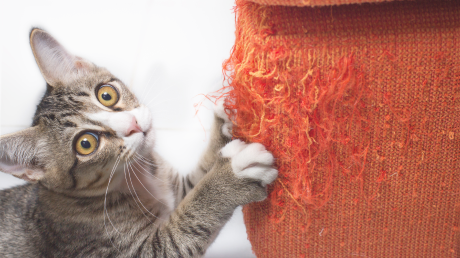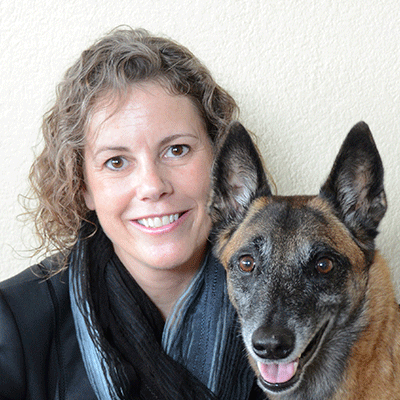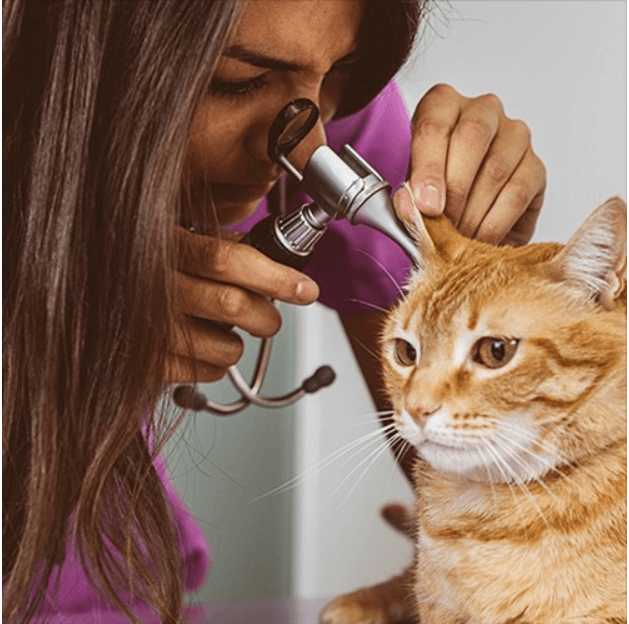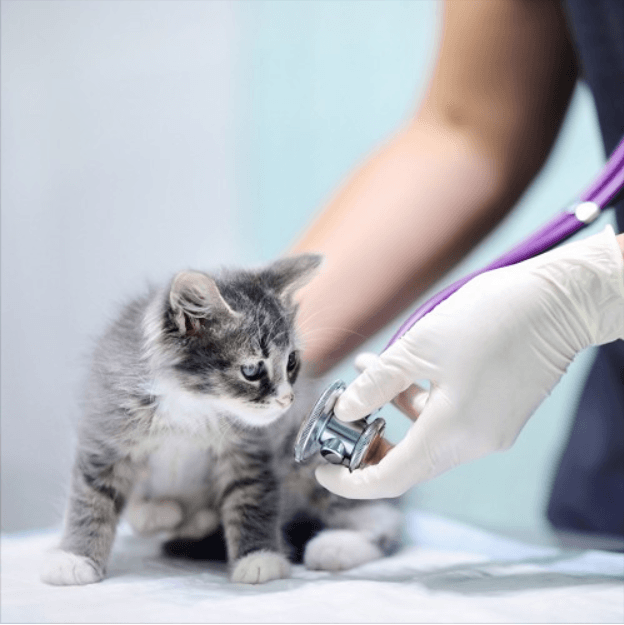
Vaccinations for the Mind: Positive Puppy Socialization
Monique Feyrecilde, CVT, VTS (Behavior)
Puppies should explore the world and the people with whom they share it. When clients bring home a puppy, they have a golden opportunity to protect their newest family member from fear and anxiety later in life. By making a positive puppy transition and socialization plan, owners can help puppies have a smooth and happy puppyhood, adolescence, and adulthood. In this Fear Free webinar, sponsored by Ceva, Monique Feyrecilde, CVT, VTS (Behavior) covers techniques, products, and client education to get puppies started off on the right paw; how early detection and intervention can help shy puppies blossom; and more. Sponsored by Ceva.








